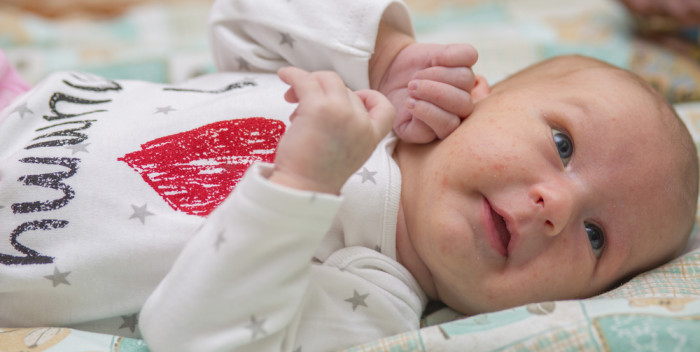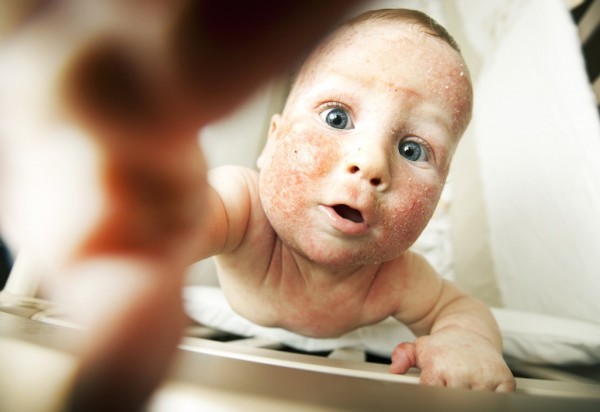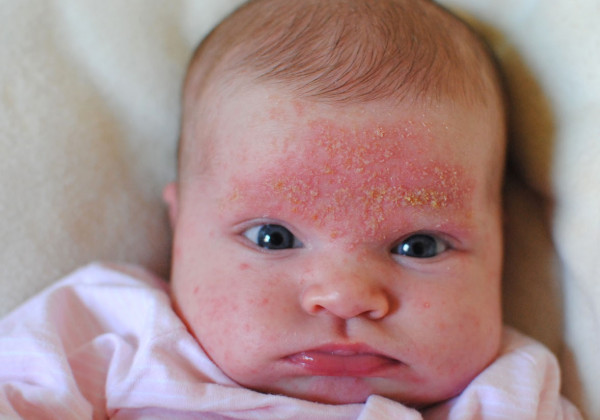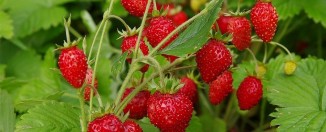Atopic dermatitis in children
Atopic dermatitis is a common skin disorder in children. This disease is chronic and it depends on hereditary factors. It is also popularly called diathesis.
Content
Causes of atopic dermatitis
The main cause of atopic dermatitis in children is allergic reaction on products. 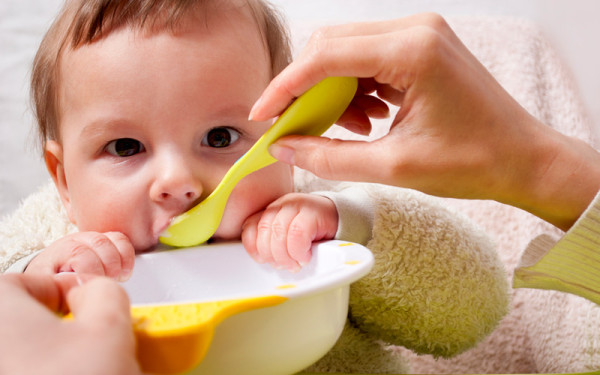
Also, the disease can develop when allergens are inhaled. In this case, the source is house dust, air fresheners in the form of aerosols, wool or insecticides. With more frequent contact with allergy pathogens, the skin becomes less protected and more easily irritated.
Redness and peeling can occur when the skin comes into contact with detergents, which leave their mark on the washed items. Also, the reaction can be to soap or to a certain type of tissue.
Since irritated skin excites and disturbs the baby, he begins to comb it. This can cause infections to get on it, and then inflammation occurs not only of an allergic nature, but also of a bacterial one.
Symptoms of atopic dermatitis
The first signs of atopic dermatitis in a child may be diaper rash. Then redness appears in the buttocks and in the folds of the skin. Also, the areas of the armpits and behind the ears often turn red. The skin on the cheeks begins to peel off and becomes rough. 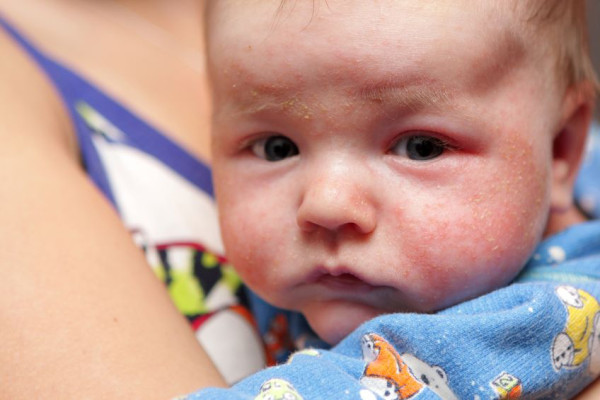
Another symptom is the appearance of a milky crust on the scalp and eyebrows. Once the irritation has started on the face, it spreads down the body.
Most often, such signs can be observed in children 2-3 months of age. By the end of 1 year, the disease may worsen. But the disease can also affect older children up to 4 years old.
Stages of atopic dermatitis
There are 3 stages of atopic dermatitis, depending on the age interval:
- In infancy. Development takes place from 3 to 5 months. A feature of dermatitis in infants is the presence of weeping sores, which are subsequently closed with crusts. Also, this process is accompanied by acne and blisters. The disease is periodic in nature and can be exacerbated during teething, with intestinal upset or during colds. Most often it flows into the next stage.
- In childhood. It manifests itself as chronic inflammation of the skin. The disease occurs on the elbows and in the folds under the knees. It can also affect the folds at the wrist. In addition to peeling, redness, follicular acne, brown foci of inflammation are added.
- During adolescence. The peak of this disease occurs during puberty. At this stage, there are no weeping sores. Rashes and dryness of the skin remain. The affected area is shifted to the area of the face and neck. May also affect the upper body and hands. Aggravation occurs during exposure to irritating factors.
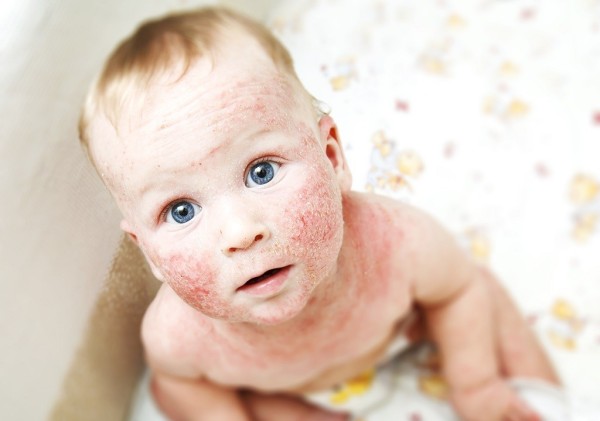
Atopic dermatitis develops in several stages:
- At the initial stage, it is expressed by peeling and swelling of the cheeks. If you start the correct treatment and follow a diet, you can quickly cure the disease, but if you do not use the right approach, it will move on to the next stage.
- The advanced stage is characterized by periodic skin rashes. Micro formations appear, which then take the form of scales and crusts.
- Remission stage. At this stage, there is a decrease in symptoms or they may not be present at all. Remission can last from 2-3 weeks to several years.
- The convalescent stage is the period when symptoms are absent for 3 to 7 years.
Treatment of atopic dermatitis
In order to prevent deterioration of the condition, you need to exclude the source, that is, remove foods that cause allergies from the diet. If the allergen is unknown, then you need to stop giving your child products containing honey, cocoa, chocolate, citrus fruits, nuts, strawberries and caviar. 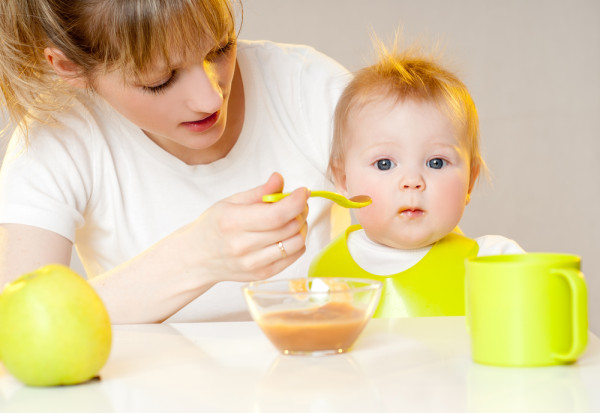
To know the exact causative agent of the allergy, you need to be examined by an allergist. We'll have to take a blood test and make samples on the skin.
Atopic dermatitis must be treated and not started, because in the absence of timely intervention, it can turn into more complex forms of allergy. For example, after a few years, a child may develop asthma or an allergic rhinitis.
Dermatitis treatment consists in the use of special ointments and creams that relieve itching and reduce inflammation, they also moisturize the skin and protect it.
After the diagnosis, the doctor prescribes therapy. Drug treatment involves the use of the following drugs:
- antihistamine group drugs - eliminate itching;
- detoxification drugs - cleanse the body from the inside;
- hyposensitizing agents - reduce the child's sensitivity to allergy pathogens;
- anti-inflammatory drugs of corticosteroids - used in exacerbation stages or in chronic disease;
- antiseptic agents - ointments;
- sedative group of drugs that have a calming effect on the baby;
- enzymes are used for disorders in the work of the pancreas;
- eubiotics - designed to get rid of dysbiosis.
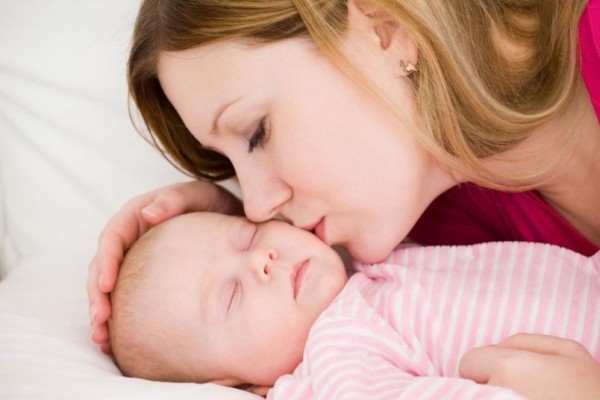
Ointments for atopic dermatitis
With atopic dermatitis, therapy is carried out both externally and internally. For external treatment of the skin, various ointments are used. Before starting treatment, it is imperative to consult a dermatologist.
Before applying the ointment to all affected areas, you need to check the reaction of the skin. To do this, you need to apply a small drop of the ointment to the affected skin. Then you need to look at the reaction 20 minutes after application, after 2 hours and after 12 hours. With a decrease in redness and inflammation in the test site, you can apply the agent to the rest of the areas.
The ointment is an effective treatment, it acts directly on the inflammation focus. Ease of use and application is also an advantage. Also, non-hormonal ointments can be used to treat children under 1 year old. 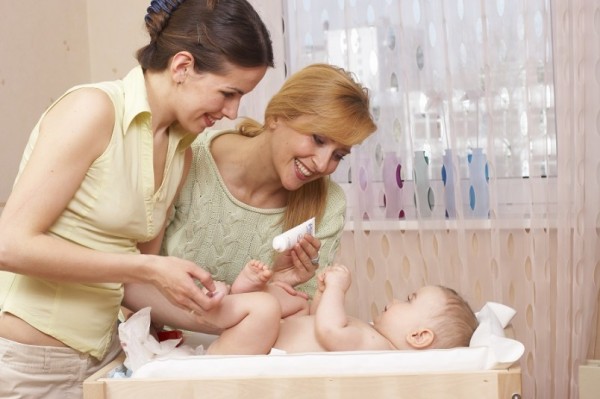
For external treatment of dermatitis, ointments are divided into 3 types:
- Ointments that nourish and moisturize the skin. They can be used every day, and in case of severe dryness of the skin, use even 2 times a day.
- Means that reduce itching and relieve inflammation. Such ointments will help reduce discomfort, but they are recommended to be used only in acute periods of the development of the disease. The maximum duration of use is 15 days.
- Bactericidal drugs are used when the infection gets on the skin.
Also distinguish between hormonal and non-hormonal ointments. Drugs with hormones are an effective method of therapy, but they should be used only in the absence of a positive result from conventional ointments. You can not start using such drugs without a doctor's prescription, since if an unsuitable product is applied, pigmentation may appear on the skin. The consequence of prolonged self-application can be problems with the adrenal glands or skin atrophy. Hormonal ointments that effectively fight problem skin are Celestoderm, Flucinar, Advantan, Hydrocortisone ointment.
Preparations without hormones are not as effective as hormonal ones, but they are milder on the skin and are an excellent treatment for childhood dermatitis. Among the effective means, the following ointments can be noted: Radevit, Gistan, Timogen, Zinc, Sulfuric, Heparin and Ichthyol.
Alternative treatment of atopic dermatitis
Folk remedies can also be used in therapy. With a mild stage of the disease, it is recommended to use medicinal decoctions from chamomile and string. They need to be added to the baby's bath when bathing.
To calm your baby, you can bathe him with the addition of herbs such as valerian, hops, motherwort and oregano. 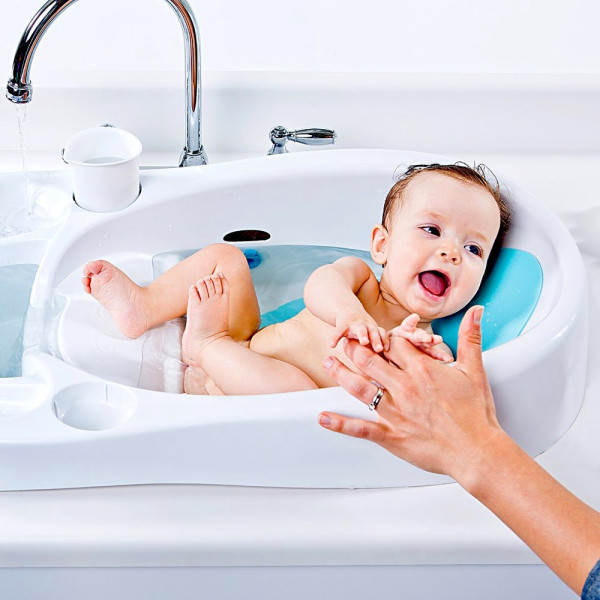
How to prepare a decoction:
- take 2 tablespoons of medicinal herbs;
- fill it with 250 ml of hot water;
- let the broth infuse for 10 minutes;
- pour the product into the tray.
Starting self-medication using folk remedies, you need to be careful, as the baby may also have an allergic reaction to herbs.
Atopic dermatitis: photo
Depending on the stage of the disease, the affected areas look different. Each child may have an individual reaction to a particular allergen.
Prevention of atopic dermatitis
In order to prevent the appearance of the disease in children, the following recommendations must be observed.
New foods should be gradually introduced into the baby's diet. If after a week of eating there was no negative reaction, then you can begin to introduce the next product.
When feeding a baby with breast milk, restrictions are imposed on the mother. Do not eat salty, smoked and spicy foods. You also need to reduce the amount of sugar, honey and chocolate you eat. 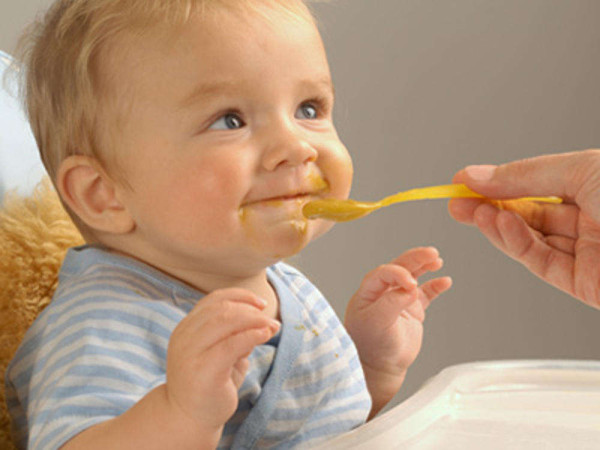
It is necessary to monitor the baby's sweating during active games and, if necessary, immediately change clothes so that irritation does not begin on the skin.
For washing children's clothes, it is better to use hypoallergenic detergents and soaps. You should also rinse your clothes several times.
To avoid diaper rash, you need to carefully monitor the hygiene of the child and pay special attention to caring for his skin. You can use herbal baths such as chamomile, string or oak bark. Potassium permanganate is also suitable, which will disinfect the skin and dry it.
The apartment or house where the child spends most of his time should have an optimal microclimate. For children, comfortable conditions are a temperature regime of 20-24 degrees and a humidity of about 50%.
